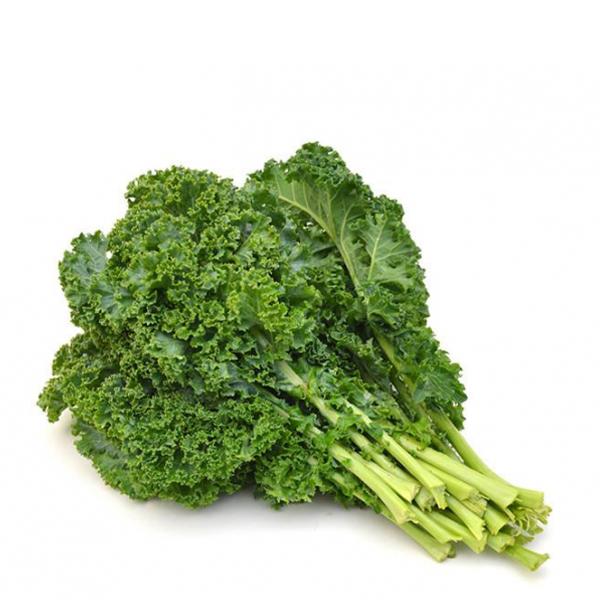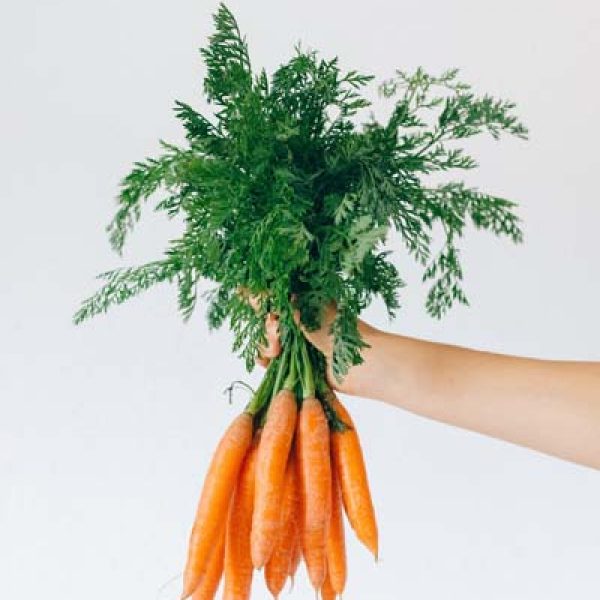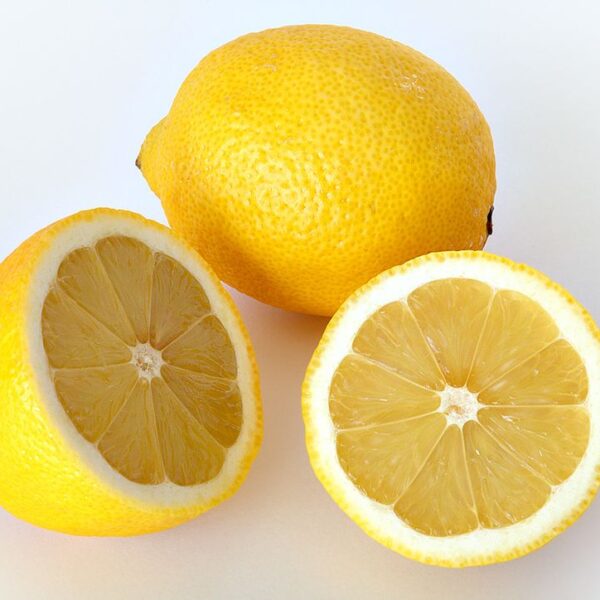Kale
Kale originated in the eastern Mediterranean and Asia Minor, where it was cultivated for food beginning by 2000 BCE at the latest.[3] Curly-leaved varieties of cabbage already existed along with flat-leaved varieties in Greece in the 4th century BC. These forms, which were referred to by the Romans as Sabellian kale, are considered to be the ancestors of modern kales.
The earliest record of cabbages in western Europe is of hard-heading cabbage in the 13th century.[3] Records in 14th-century England distinguish between hard-heading cabbage and loose-leaf kale.[3]
Russian kale was introduced into Canada, and then into the United States, by Russian traders in the 19th century.[3] USDA botanist David Fairchild is credited with introducing kale (and many other crops) to Americans,[4][5] having brought it back from Croatia,[5] although Fairchild himself disliked cabbages, including kale.[5] At the time, kale was widely grown in Croatia mostly because it was easy to grow and inexpensive, and could desalinate soil.[5] For most of the twentieth century, kale was primarily used in the United States for decorative purposes; it became more popular as an edible vegetable in the 1990s due to its nutritional value.[5]
Enquire




